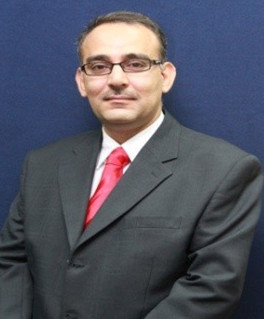Abstract—This paper evaluates the cleaning efficiency of
glycolipid-based anionic biosurfactant produced by a local
company. Before practical application in removal of oil or other
hydrophobic substances from soil, it is necessary to learn the
behavior of the biosurfactant across different systems. As
process variables, temperature of environment, contact time
with dilution of biosurfactant, and concentration of
biosurfactant in washing solution were modeled by applying full
factorial design. As response variable, cleaning efficiency was
obtained experimentally by a set of laboratory tests. Screening
design is employed for evaluation of interactions between
response variable and process variables. The cleaning efficiency
showed various results depending on the initial values of
variables. At the upper limit of variables (+ 35 ºC temperature
of environment, 15 minutes contact time with dilution of
biosurfactant, and 0.3 wt% concentration of biosurfactant in
washing solution) the cleaning efficiency was 99.32 %. The
results showed that all variables had significant effects on the
cleaning efficiency at 95 % confidence level.
Index Terms—Biosurfactant, cleaning efficiency, design of
experiment, full factorial design, hazardous waste, soil washing.
L. Timma, S. Valtere, J. Vilgerts, and D. Blumberga are with the Institute
of Energy Systems and Environment, Riga Technical University, Riga,
Latvia, LV-1010 (e-mail: lelde.timma@rtu.lv; sarma.valtere@rtu.lv;
janis.vilgerts@rtu.lv; dagnija.blumberga@rtu.lv).
K. Sams is with the company “Auravia Latvia” SIA, Riga, Latvia,
LV-1004 (e-mail: karlis.sams@auravia.lv).
[PDF]
Cite:L. Timma, K. Sams, S. Valtere, J. Vilgerts, and D. Blumberga, "Full Factorial Design of Screening Experiments for Biosurfactant Enhanced Remediation of Hydrophobic Substances in Soil ," Journal of Clean Energy Technologies vol. 2, no. 1, pp. 51-56, 2014.


